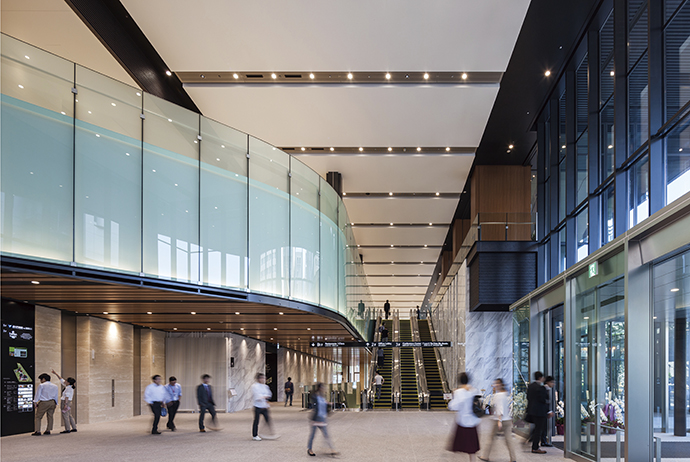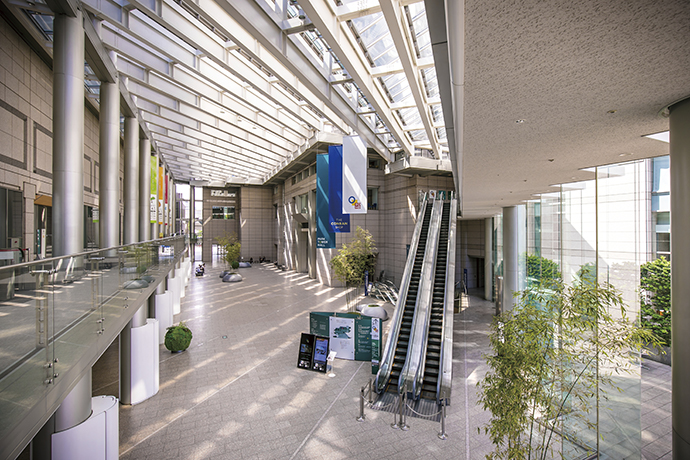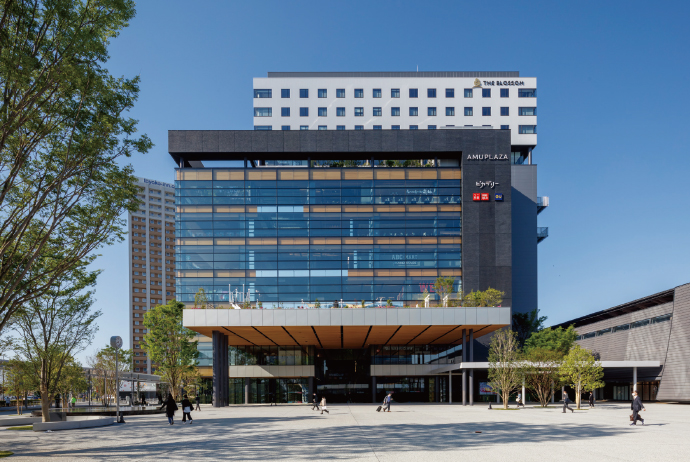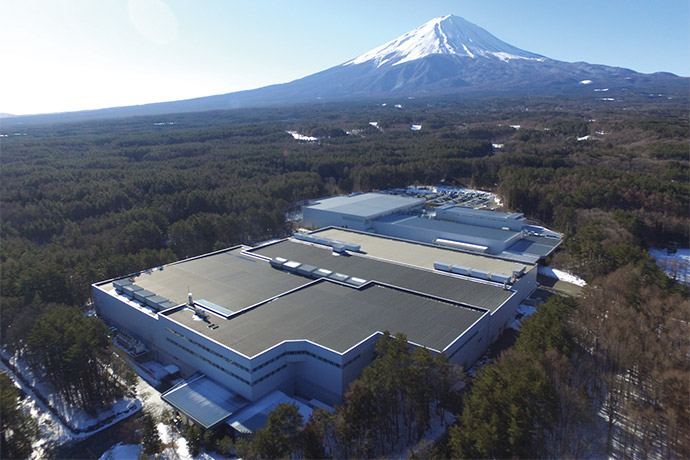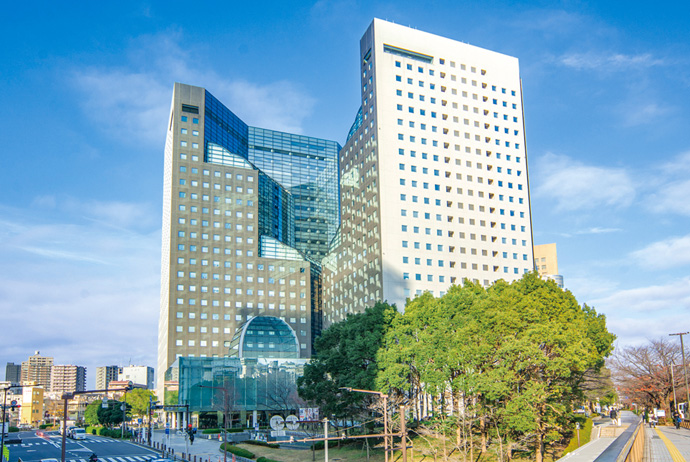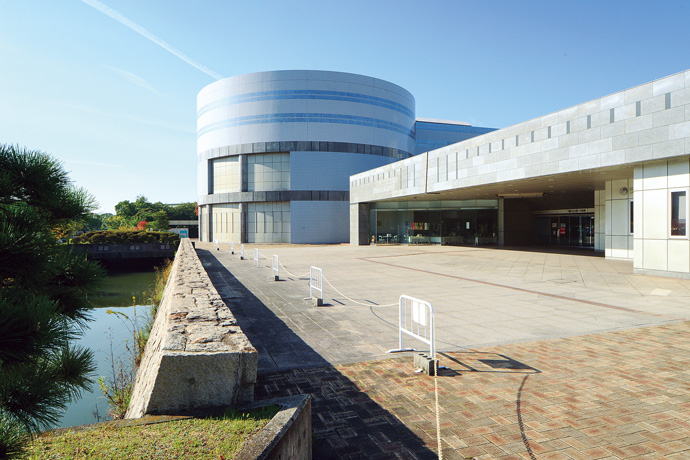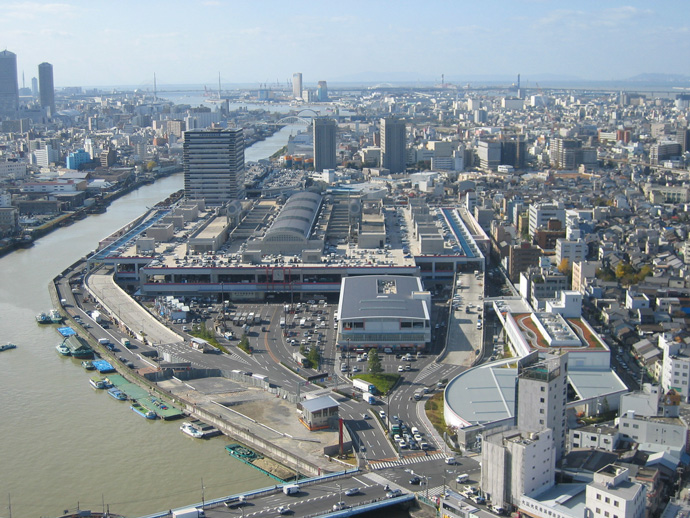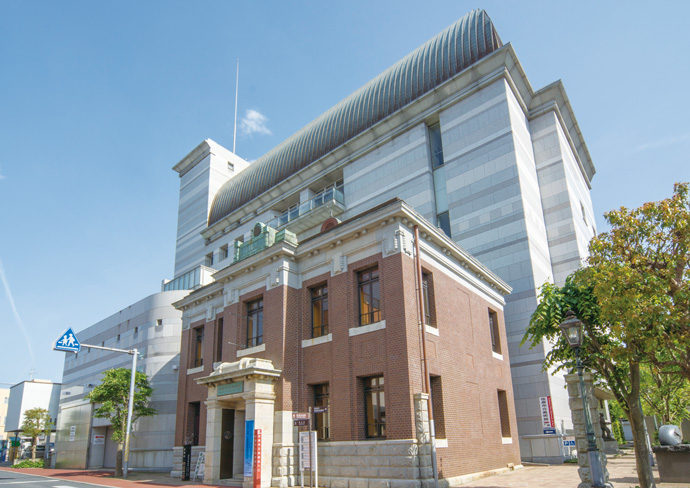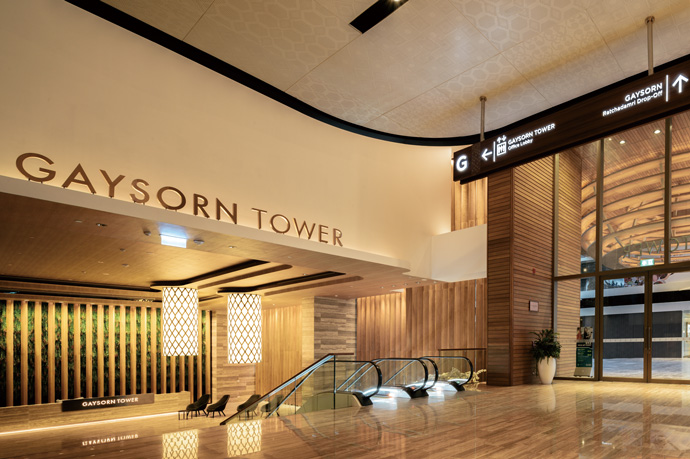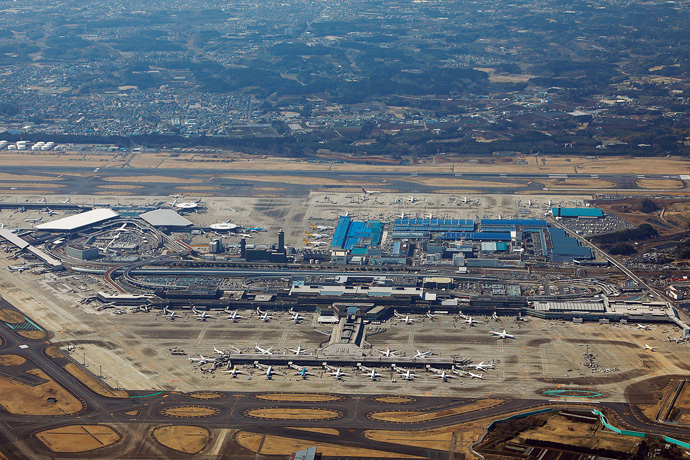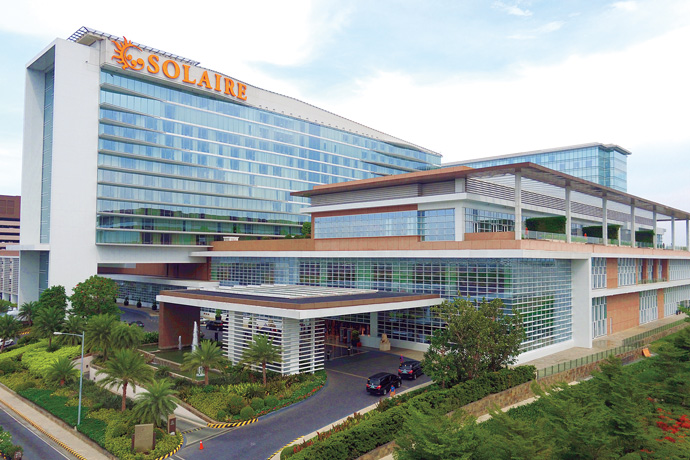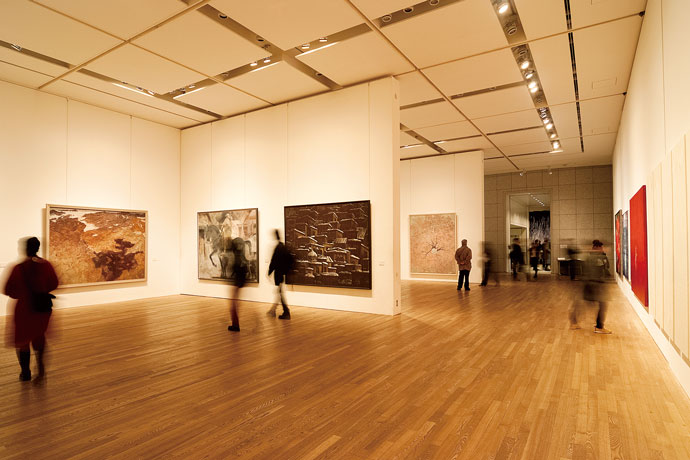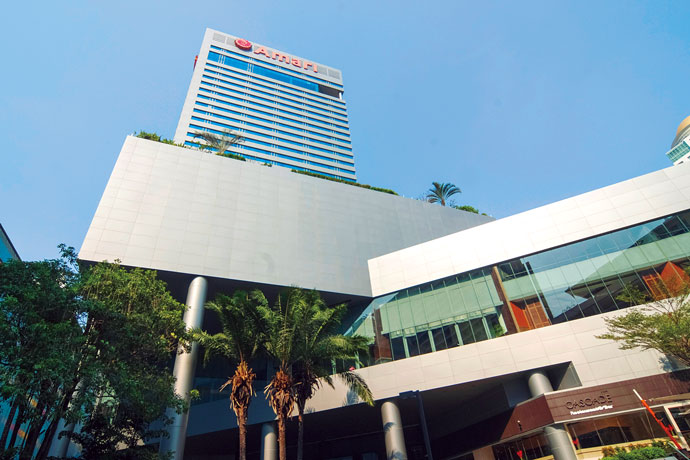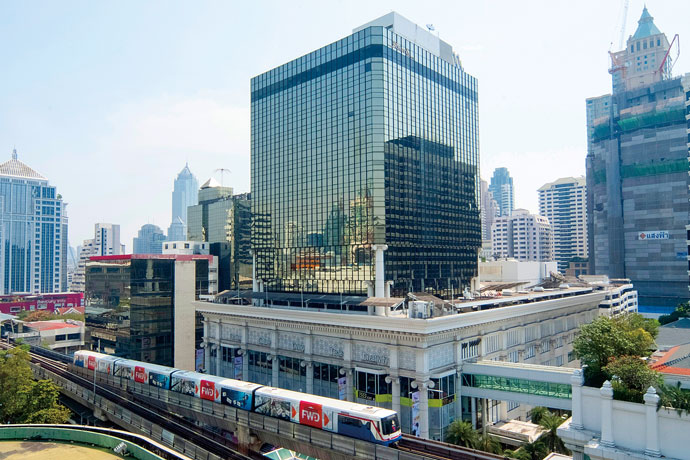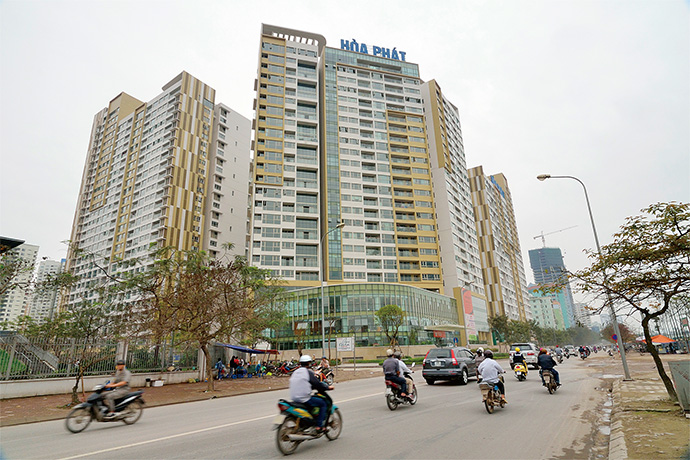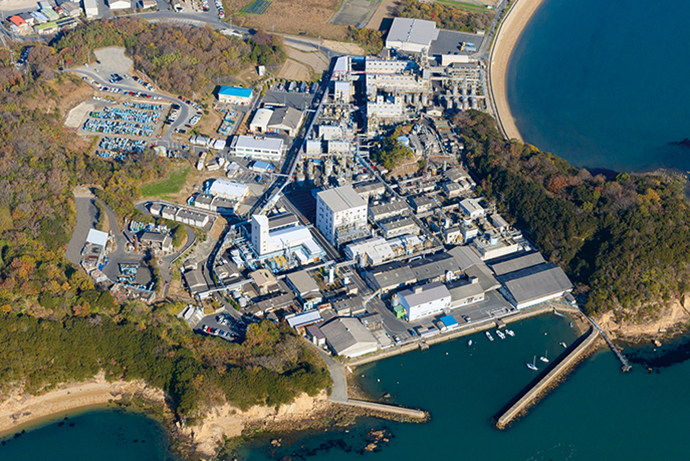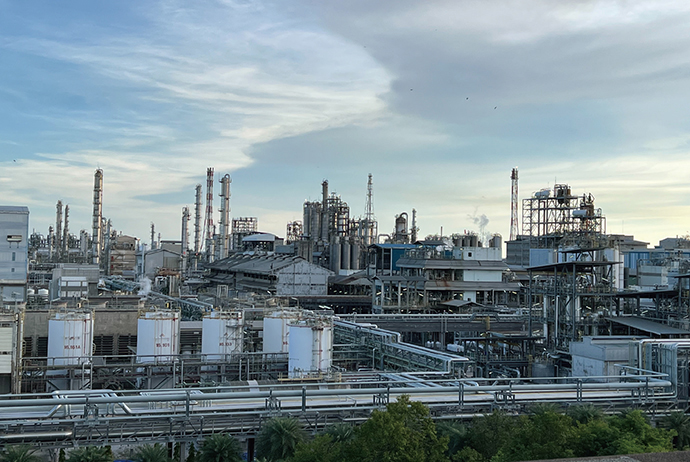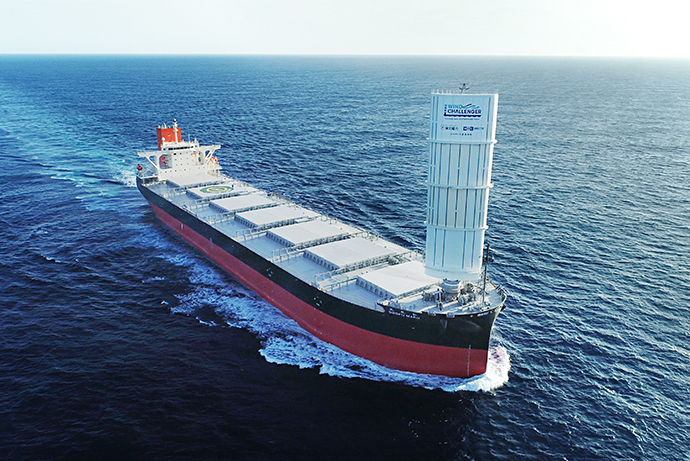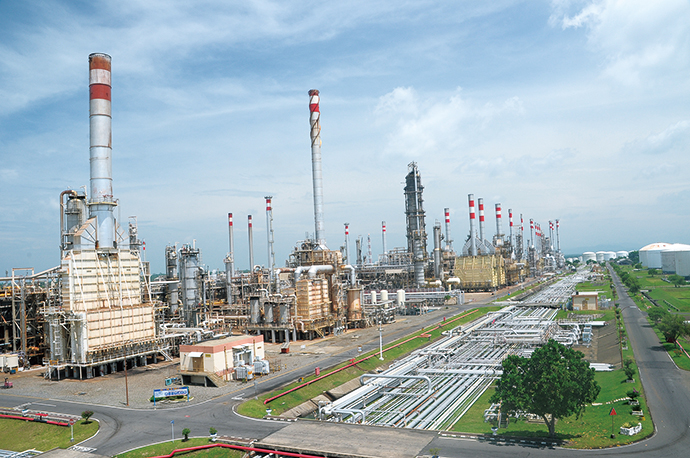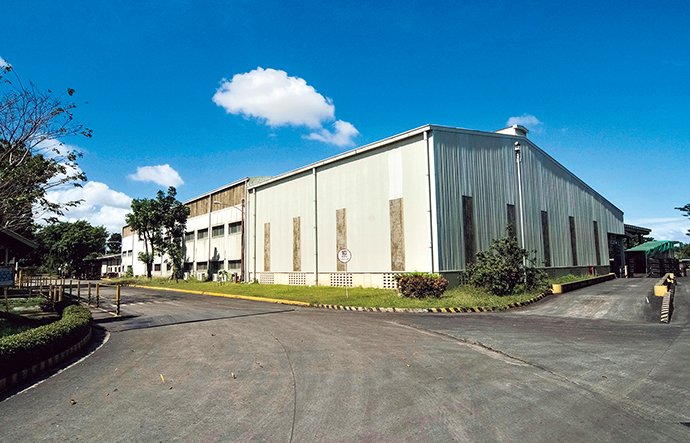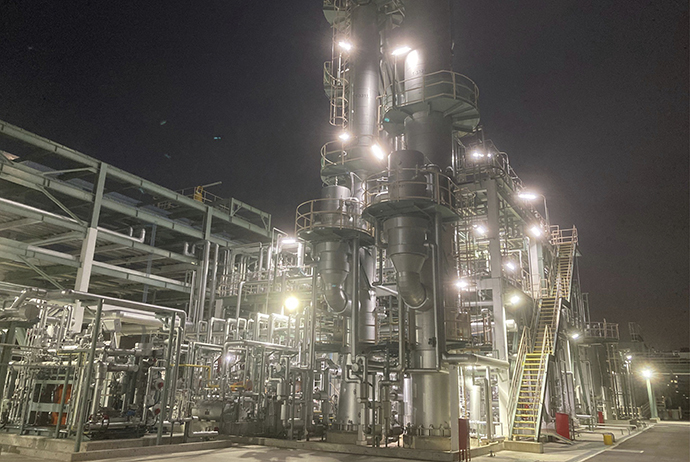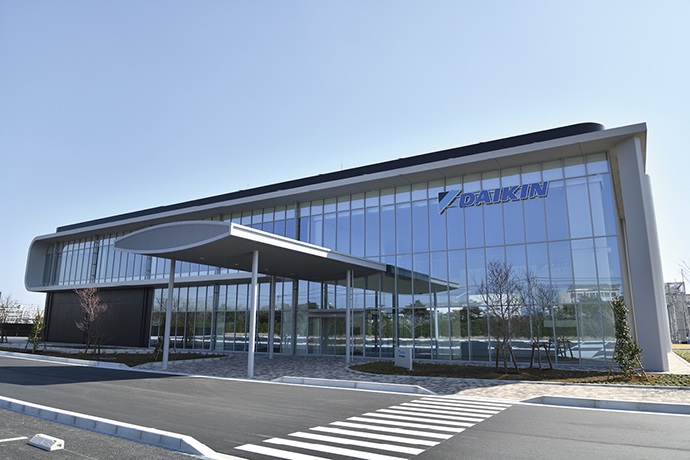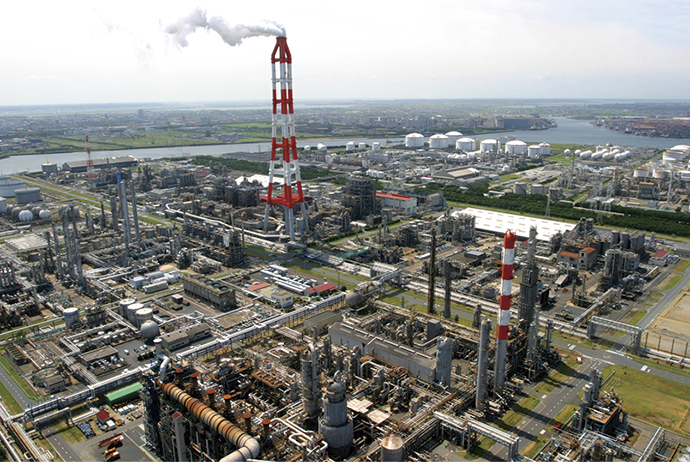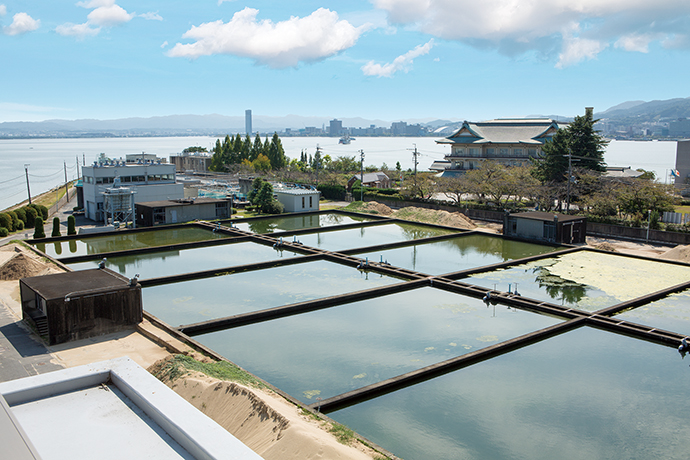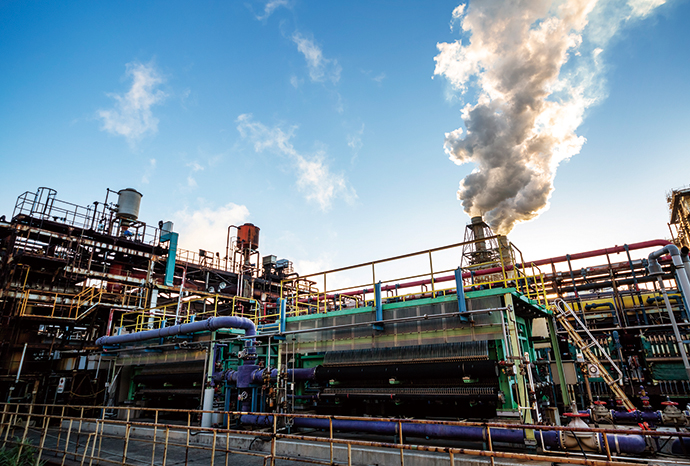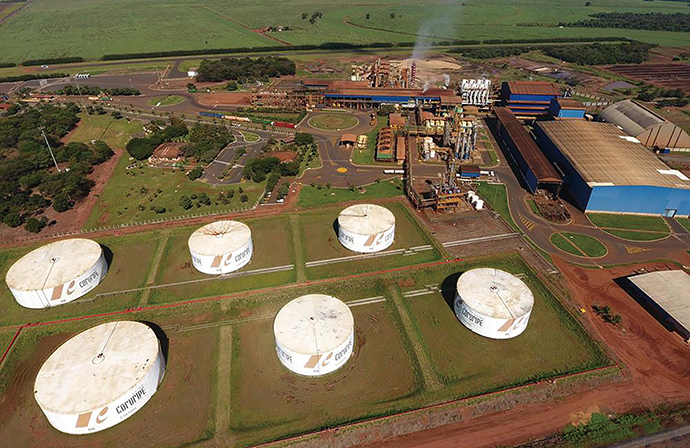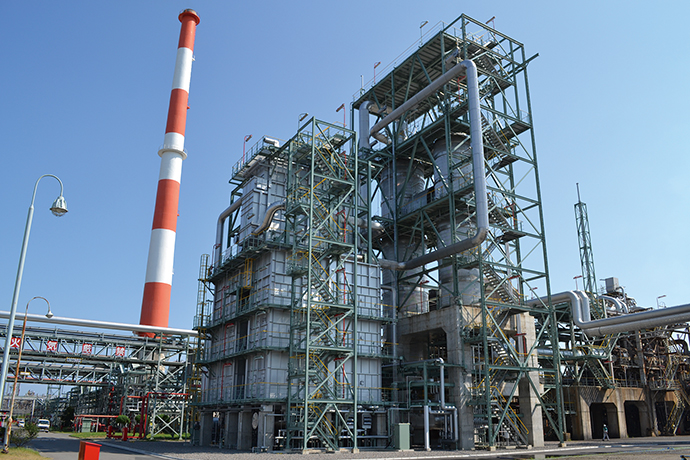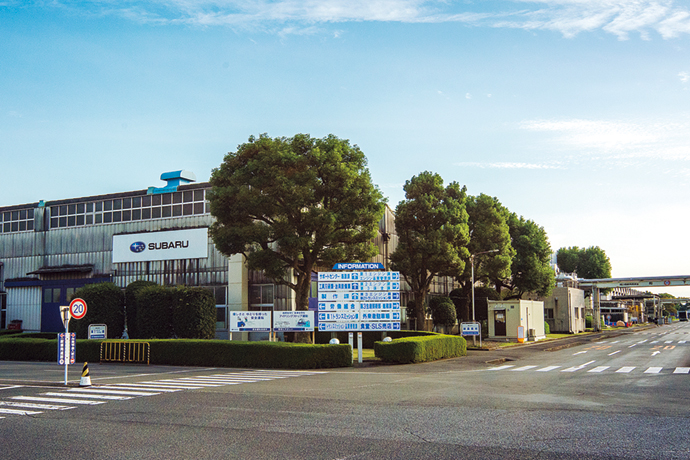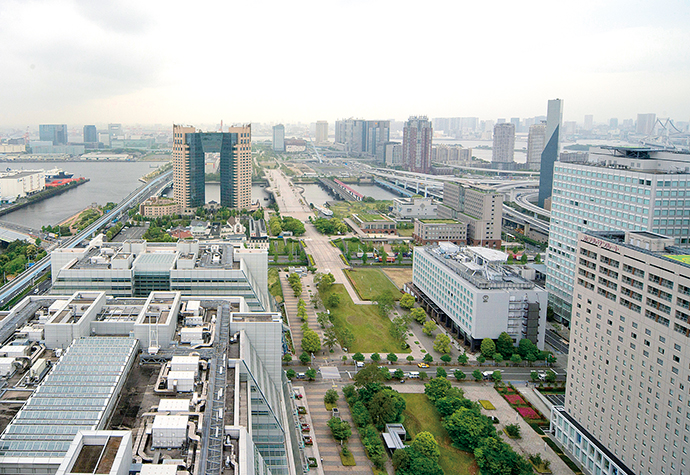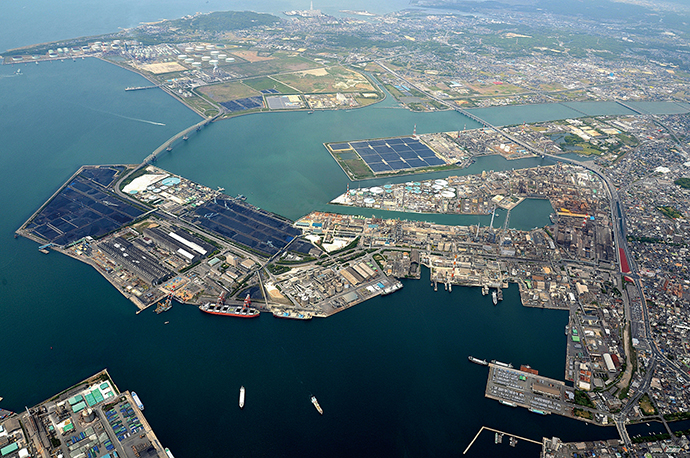savic-net FX Building Management System
Japanese Red Cross Wakayama Medical Center
The Japanese Red Cross Wakayama Medical Center contributes to regional medical care as the core hospital of Wakayama Prefecture in Japan. Using the opportunity of the new construction of the hospital’s main building, a full-scale energy conservation initiative has been implemented. With a focus on improving the operations of the air-conditioning and heat source equipment, the hospital has achieved a steady and continuous reduction in energy consumption by implementing a series of energy conservation measures while balancing the needs of maintaining a comfortable environment within the hospital with conserving energy.
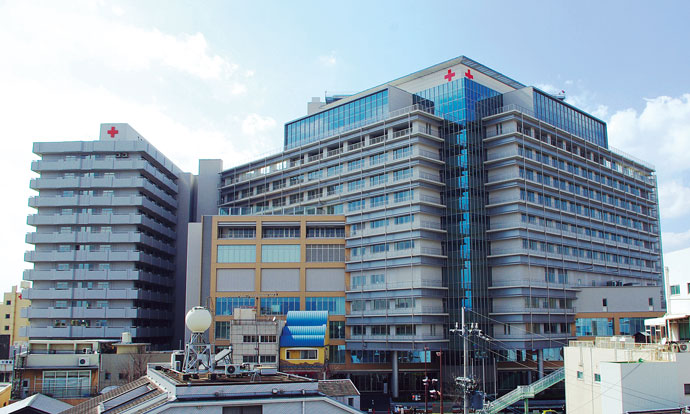
- A full-scale energy conservation initiative has been launched using the opportunity of the new construction of the main building
- Energy conservation measures were quickly developed with the realignment of the structure of building management operations
- A new project is started after achieving greater energy-saving effects than expected
Building Solutions Hospitals Comfort Energy Efficiency Reliable Operation Building Management Systems
Products/Services Provided
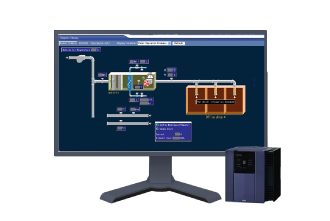
A full-scale energy conservation initiative has been launched using the opportunity of the new construction of the main building
The Japanese Red Cross Wakayama Medical Center was founded as the Japanese Red Cross Wakayama affiliate hospital in April, 1905. Since this time over more than a 110-year period, the hospital has provided regional medical care based on the fundamental principles of the Red Cross of “humanity, impartiality, neutrality, independence, voluntary service, unity, and universality”. As a designated disaster care hospital of Wakayama Prefecture, if a disaster such as an earthquake, tsunami, or typhoon occurs, the hospital is able to receive injured people and dispatch medical relief teams. Currently there are 38 diagnosis and treatment departments and 47 outpatient departments, and care for approximately 496,000 outpatients and 234,000 inpatients a year is provided.
In 2011 construction for the new main building that contains the latest equipment and capabilities was completed. Using this opportunity the energy conservation measures for the entire hospital have been strengthened. “Because the old main building was more than 50 years old and we had planned to reconstruct it, we did not make improvements such as introducing high-efficiency equipment and implementing large-scale energy conservation measures. The completion of the new main building was a great opportunity to implement a full-scale energy conservation initiative,” says Mr. Nakagawa.
Energy conservation measures were quickly developed with the realignment of the structure of building management operations
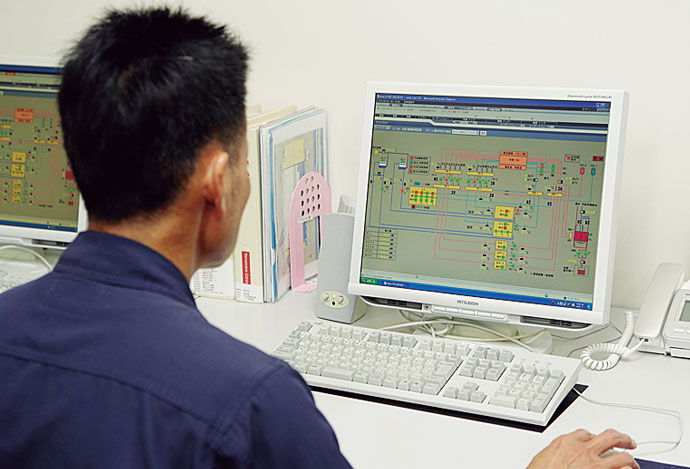
The savic-net FX installed in the central monitoring room
This time, one of the reasons for implementing full-scale energy conservation measures was due to the Japanese energy conservation law*1 that requires mandatory reporting to the Japanese government.
“It is required by law that all necessary legal documents are prepared and the obligation to observe energy reduction targets is met. However, we felt that we alone would have difficulty meeting these requirements and that it was necessary to obtain the assistance of an appropriate specialist,” says Mr. Kinugawa.
Azbil Corporation was chosen to be the hospital’s partner in implementing the energy conservation measures.
“We decided to go with Azbil due to reasons such as that Azbil had introduced a central monitoring system to the south building that is located in the same site as the main building, that we felt secure because Azbil had a wealth of experience in facility management in buildings, and that they had proposed a wide range of energy conservation measures,” says Mr. Nakagawa.
Together with introducing Azbil’s savicnet™FX building management system to the newly-constructed main building, agreements have been made for Azbil to provide the hospital with an energy solution service that supports improvement of building operations, and a remote maintenance system that gathers operational data from the site, analyzes the data, and reports the operational status. Energy conservation measures that center on improving facility operations have been launched.
In the first year in 2011, a list of the facility equipment and legal documents were made, and managerial standards including a checklist were formulated. From the second year, measures have been implemented in sequence to achieve energy conservation by improving the operations of the existing equipment rather than replacing them; for example, adjusting the temperature setting of the air conditioner and controlling intermittent operations of the outside-air handling units. “In particular we were able to achieve a large energy-saving effect by employing intermittent operations in accordance with the changing situation within the outpatient building for the outside-air handling units that had been running continuously until then. For these operations, Azbil measured the CO2 concentration in the room and was able to achieve appropriate control with actual measurements,” says Mr. Ueno.
Following the results of this round of operational improvements, Azbil has provided overall building management from 2014. At the same time as providing on-duty staff, Azbil has established a system that enables it to carry out more attentive building management operations than before.
“Rather than just performing building management, Azbil’s staff leads a team with a high sense of purpose for attaining energy conservation. We believe that this has enabled us to put in place the best system that could ensure increased effects,” says Mr. Nakagawa.
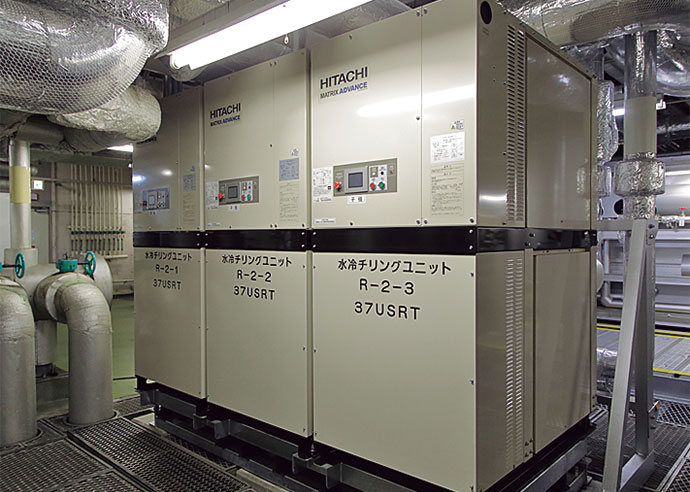
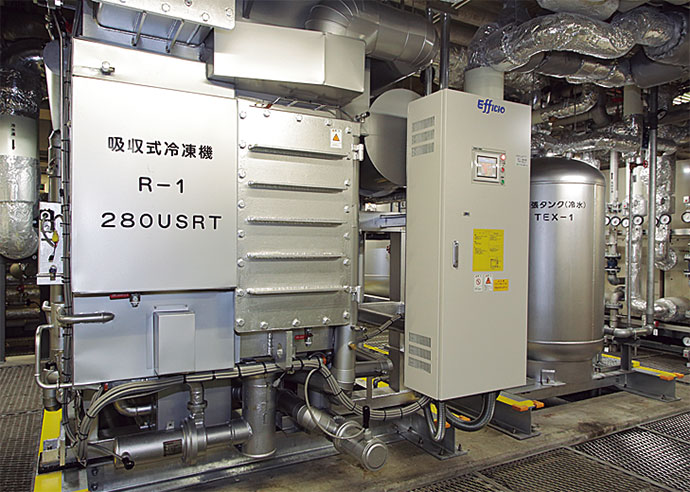
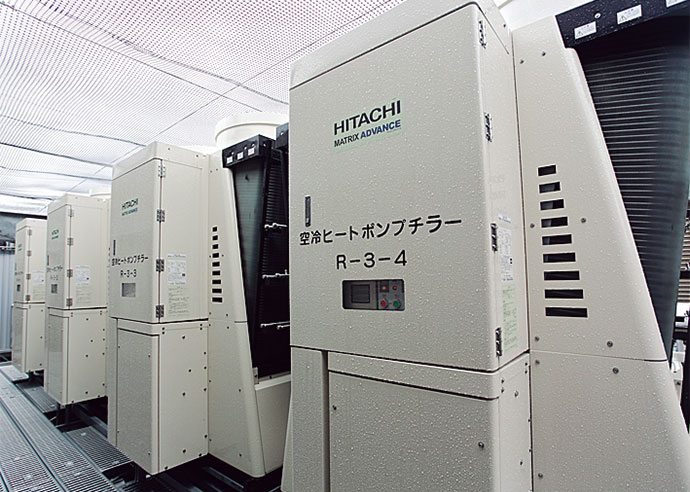
Photos, from left to right: water-cooled chiller (electric), absorption chiller (steam), and water-cooled heat pump chiller (electric). In consideration of machine trouble, the heat source equipment is composed of several machines and controlled according to heat load.
A new project is started after achieving greater energy-saving effects than expected
Since the implementation of energy conservation measures starting in 2011, energy reductions have been achieved between 2.9 % and 7.5 % year-on-year until 2015.
Furthermore, replacement of the heat source equipment in the south building of the Wakayama Medical Center began in September, 2015. On advice from Azbil, a subsidy system of the Japanese Ministry of the Environment was implemented for the replacement.
“In addition to pursuing energy conservation with the use of high-efficiency equipment, we have put in place a mutual backup comprising of a hybrid energy source of gas and electricity that would prevent the interruption of airconditioning operation in case of an emergency such as a disaster,” says Mr. Kinugawa.
The construction was completed in February, 2016. There is a positive attitude toward attaining the energy conservation rate of 4.7 % newly set by the hospital.
“We are very grateful that Azbil holds debriefings twice a year and provides us with reports that show our daily energy conservation efforts in numerical form,” says Mr. Nakagawa. “A hospital requires a large amount of energy. What’s very difficult is implementing energy conservation while providing a comfortable environment in the hospital that takes into consideration the condition of its patients. While meeting this challenge, the results of the energy conservation measures that we have implemented in sequence in the last few years have far exceeded our expectations. In addition to attaining even further improvements with facility operations, we are very much looking forward to the energy conservation proposals that only Azbil can provide based on their advanced knowledge,” says Mr. Ueno.
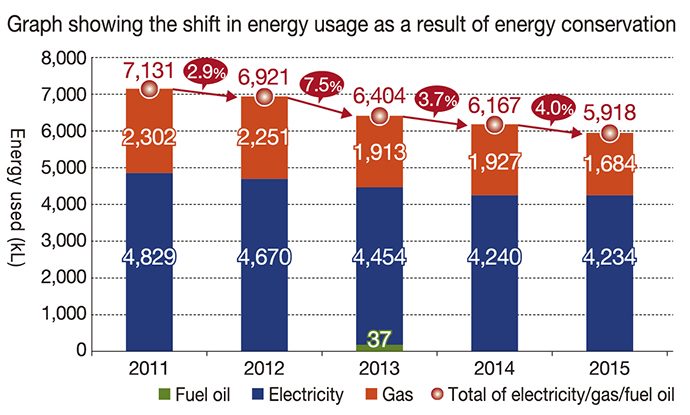
savic-net and savic-net FX are trademarks of Azbil Corporation.
glossary
*1 Energy Conservation Law
This law requires the appointment of an energy management control officer and the submission of legal documents such as reports on the status of energy usage, mid- and long-term plans, and periodic reports for facilities that use large amounts of energy as specified by the Japanese Ministry of Economy, Trade and Industry.
Learn about the customer
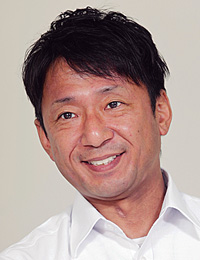
Manager
Accounting Department,
Administration Sector
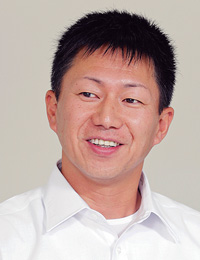
Assistant Manager
Accounting Department,
Administration Sector
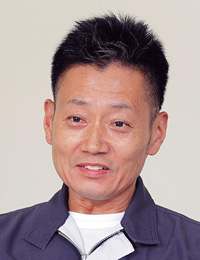
Assistant Manager
Accounting Department,
Administration Sector
Japanese Red Cross Wakayama Medical Center
Japanese Red Cross Wakayama Medical Center
- Location: 4-20 Komatsubara-dori, Wakayama City, Wakayama Prefecture
- Founded: April, 1905
- Business scope: General hospital services (Advanced Emergency Care Center, Regional Core Hospital for Cancer Treatment, and General Disaster Care Hospital of Wakayama Prefecture)
This case study was published in the 2017 Vol.2 issue of the azbil Group's corporate magazine, azbil.

